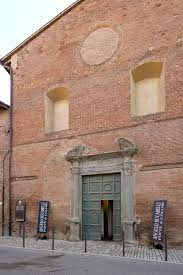The oratory is owned half by the city and half by the Confraternity of the Bianchi. Only the first room of the oratory can be visited, the one containing Perugino’s impressive painting: it is a fresco seven meters wide by six and a half meters high dating from the year 1504. It is not to be confused with the better-known Adoration of the Magi, an oil painting on wood panel, which the artist had made in Perugia about 30 years earlier (c. 1470) together with Raphael and which is now in the National Gallery of Umbria.
Entering the oratory, the grandeur of the fresco amazes the viewer, with its colours that are so real, its perfect plays of perspective and above all the sweetness characteristic of faces portrayed in Perugino’s paintings. In this work, the story of the adoration is depicted in one of the largest landscapes devised by the Divine Painter. It is the ideal representation of a view stretching from Città della Pieve toward Trasimeno and the Val di Chiana. Here the characters fit in elegantly, recalling Hellenic poses. This is among Perugino’s last works; in fact, he was already keeping a keen eye on one of his pupils, for whom he had deep esteem: Raphael.


















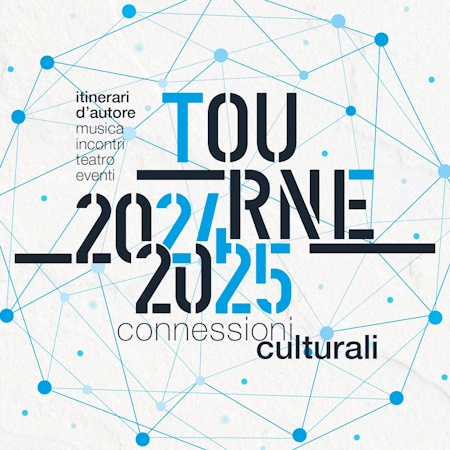
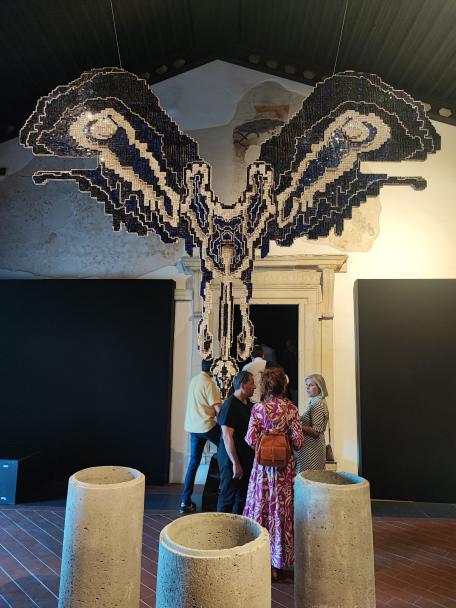

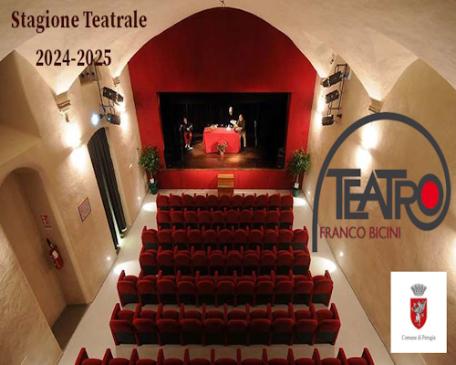
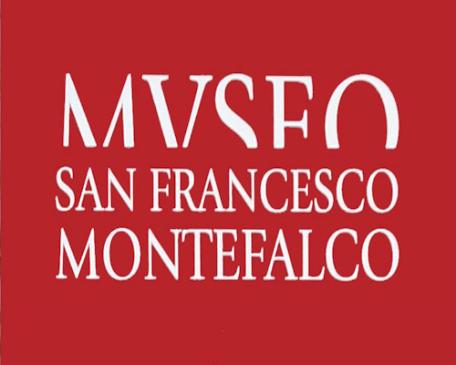

.jpg/c69bb6bb-2dc3-aa6f-8deb-ac0d399a3793?width=1920)





